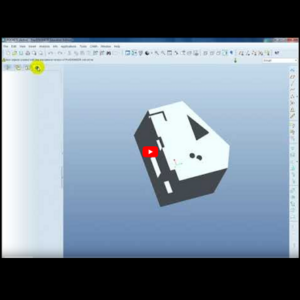Paper published in CIRP Annals – Manufacturing Technology 2008.
The CAMA system aims to capture, store, retrieve and applying diverse DFX “know how” in a structured manner by:
- Creating a structured mechanism for capturing the interactions between the designer and the knowledgeable business roles (e.g. process planner, manufacturer, purchaser, QC).
- Enabling classification, storage and programming of valuable KID (rules) in a coherent manner that enables knowledge capitalization (e.g. a structured organizational learning process and continual knowledge evaluation and updating).
- Incorporating an intelligent component into the designer’s environment to evaluate product model conformity to a selected design methodology, based on the knowledge captured in the system.
Implementing these capabilities ensures that the knowledge captured in the system does not become stagnant as industry evolves. It also guarantees that core knowledge is not lost when expert workers leave the company as well as providing efficient transfer of knowledge to new workers.
CAMA system consists of three main modules:




